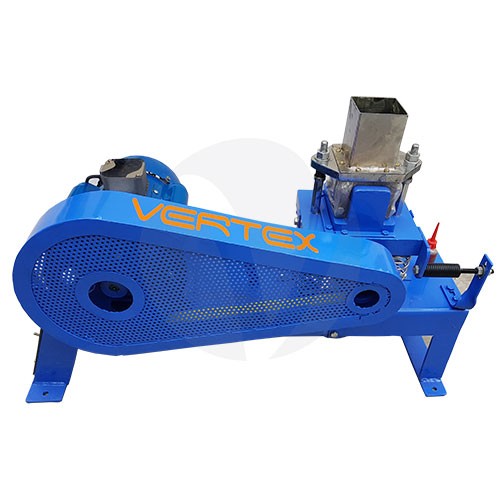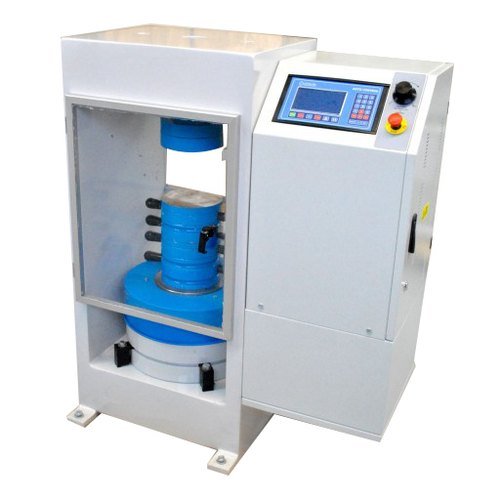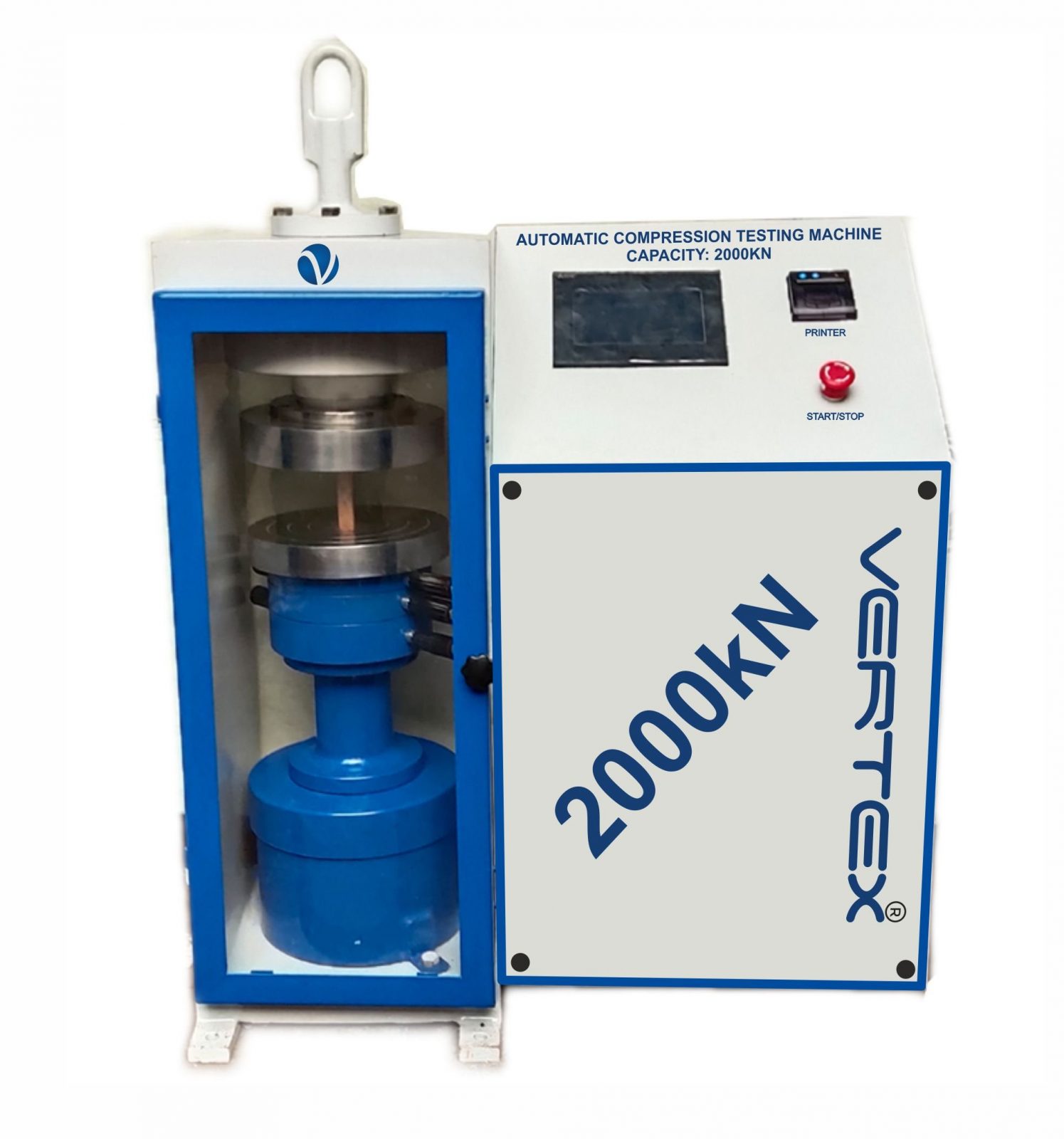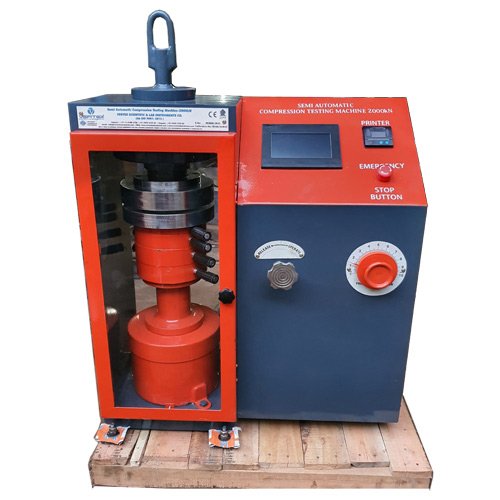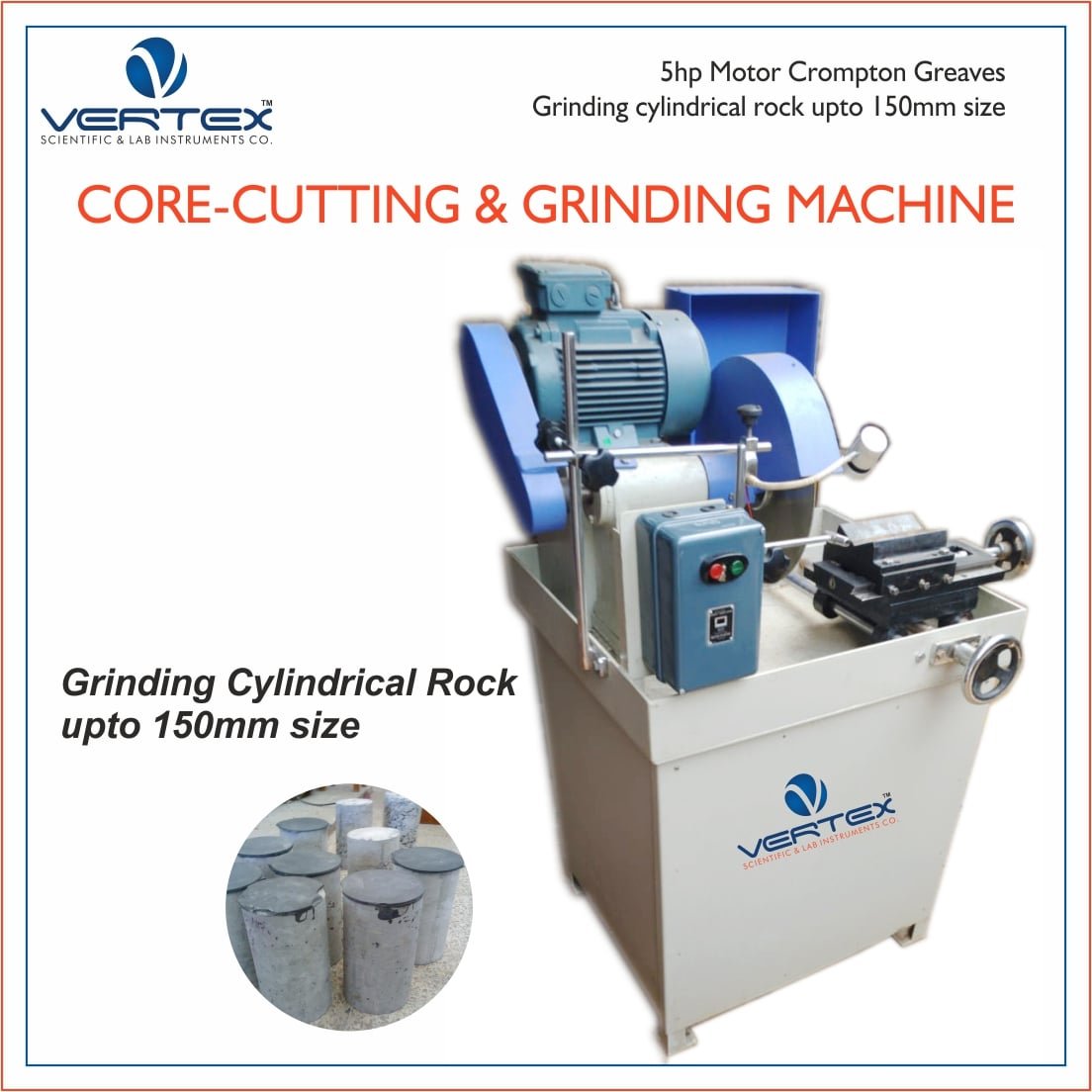Mastering the Cement Mortar Cube Vibrating Machine: An In-Depth Operational Guide
In the field of construction and masonry, the effective use of machinery is paramount to achieving efficiency and impeccable outcomes. One such indispensable piece of equipment is the Cement Mortar Cube Vibrating Machine. This comprehensive guide will provide you with a detailed understanding of its operation. Let’s delve into the world of cement mortar cube vibrating machines and explore the key steps for optimal functioning.
Understanding Your Cement Mortar Cube Vibrating Machine
Before we dive into the operational aspects, it’s essential to have a clear understanding of what a cement mortar cube vibrating machine is and how it functions. This knowledge will serve as the foundation for its proficient use.
A cement mortar cube vibrating machine is a specialized tool commonly employed in the construction and masonry industry. Its primary purpose is to ensure the proper consolidation of mortar cubes, which are small specimens used for testing the quality and strength of mortar mixes. By vibrating the cubes, this machine eliminates air voids and enhances the uniformity of the mortar, ultimately leading to more reliable test results.
Prioritizing Safety: Crucial Precautions
Safety should always be the top priority when working with machinery, and your cement mortar cube vibrating machine is no exception. Here are some essential safety measures to follow:
1. Personal Protective Equipment (PPE)
Before operating the machine, make sure to wear the necessary personal protective equipment, including safety goggles, hearing protection, and gloves. These items protect your eyes, ears, and hands from potential hazards.
2. Machine Inspection
Before each use, conduct a thorough inspection of your cement mortar cube vibrating machine. Check for any loose or damaged parts, such as the power cord or the vibrating platform. If you identify any issues, refrain from using the machine until necessary repairs have been carried out.
3. Adequate Ventilation
Operate the machine in well-ventilated areas to minimize exposure to dust and fumes. Inhaling these substances can be harmful to your health, so take precautions by working in open spaces or using appropriate respiratory protection.
Operating Your Cement Mortar Cube Vibrating Machine
Now that we’ve covered the basics, let’s proceed to the step-by-step guide on operating your cement mortar cube vibrating machine effectively.
1. Preparation
Start by preparing the work area. Ensure that the mortar cubes are correctly cast and cured, ready for testing. Position the cement mortar cube vibrating machine close by for easy access.
2. Power On
Connect the machine to a power source using the provided cord. Turn on the machine by following the manufacturer’s instructions. Typically, there will be a power switch located on the control panel.
3. Cube Placement
Carefully place the mortar cube specimens onto the vibrating platform of the machine. Ensure they are evenly spaced and do not touch one another.
4. Vibrating
With the mortar cubes in place, activate the vibration mechanism. The machine will start vibrating, effectively consolidating the mortar within the cubes. Allow the machine to operate for the recommended duration.
5. Test Removal
After the vibration cycle is complete, carefully remove the mortar cubes from the platform. Exercise caution to avoid damaging the specimens during this process.
6. Repeat as Required
Depending on the testing requirements, you may need to perform this process for multiple mortar cube specimens. Always maintain a consistent technique to ensure accurate and reliable test results.
Maintenance and Care
To ensure the longevity and optimal performance of your cement mortar cube vibrating machine, proper maintenance is crucial. Here are some maintenance tips:
- Clean the vibrating platform and housing after each use to prevent the buildup of mortar residue.
- Store the machine in a dry, cool place away from direct sunlight.
- Regularly inspect and replace any worn-out components to prevent operational issues.
In conclusion, a cement mortar cube vibrating machine is an essential tool in the construction and masonry industry, particularly for quality testing purposes. By understanding its operation, prioritizing safety, and following the provided guidelines, you can achieve accurate and consistent results in your testing procedures. Remember, a well-maintained machine not only enhances efficiency but also contributes to the reliability of your mortar quality assessments.

